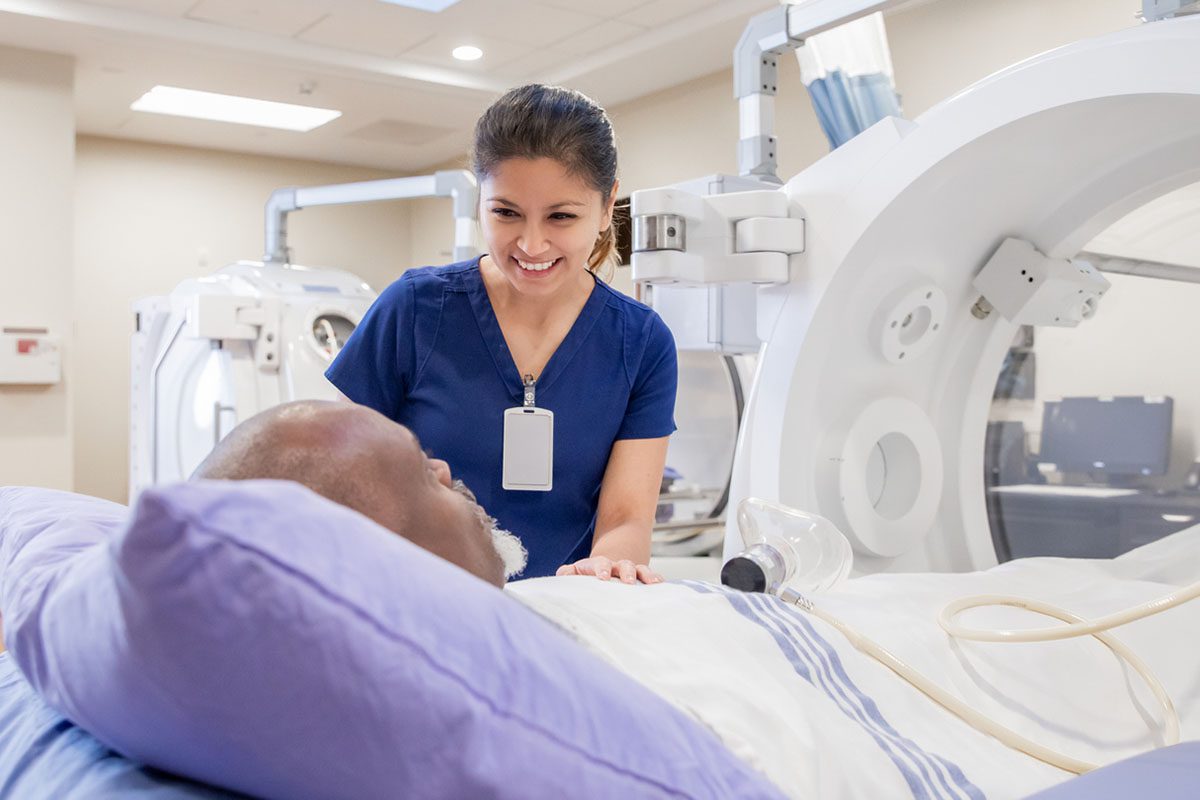Objective: Antipsychotic medications have been increasingly prescribed for off-label uses, including treatment of posttraumatic stress disorder (PTSD). Given limited knowledge about their use in returning Iraq and Afghanistan veterans with PTSD, we explored rates of antipsychotic use in this population and correlations with sociodemographic, military service, and psychiatric factors.
Method: Iraq and Afghanistan veterans with a PTSD diagnosis based on ICD-9-CM codes enrolled in Veterans Administration care between January 1, 2007, and September 30, 2011, were followed through September 30, 2012. Patients with a comorbid diagnosis of schizophrenia or bipolar disorder were excluded. Poisson regression models evaluated factors associated with prescriptions for antipsychotic versus other psychiatric medications (primary outcome).
Results: The mean age of our study population was 29.3 years, and 9.4% were women. Of 186,460 veterans with PTSD diagnoses examined, 19.9% received no psychiatric medications, and the remainder received psychiatric medications that excluded (61.2%) or included (18.9%) antipsychotics. In adjusted models, several factors were independently associated with antipsychotic use, including male sex (adjusted relative risk = 1.25; 95% CI, 1.20-1.30) and enlisted rank (1.44; 95% CI, 1.35-1.53). Increased likelihood of antipsychotic prescribing was associated with suicidal ideation (4.77; 95% CI, 4.59-4.95) and comorbid psychiatric diagnoses including personality disorder (4.27; 95% CI, 4.09-4.46), drug use disorder (3.56; 95% CI, 3.43-3.69), and alcohol use disorder (2.75; 95% CI, 2.65-2.84).
Conclusions: A substantial minority of Iraq and Afghanistan veterans diagnosed with PTSD received antipsychotics. Male veterans, those of enlisted rank, and those with suicidal ideation and psychiatric comorbidities were more likely to receive antipsychotics than other types of psychiatric medications. Providers should be cautious about antipsychotic use, given their known metabolic risks and questionable benefits for PTSD.
Continue Reading...
Members enjoy unlimited free PDF downloads as part of their subscription! Subscribe today for instant access to this article and our entire library in your preferred format. Alternatively, you can purchase the PDF of this article individually.
Please sign in or purchase this PDF for $40.00.
Already a member? Login




